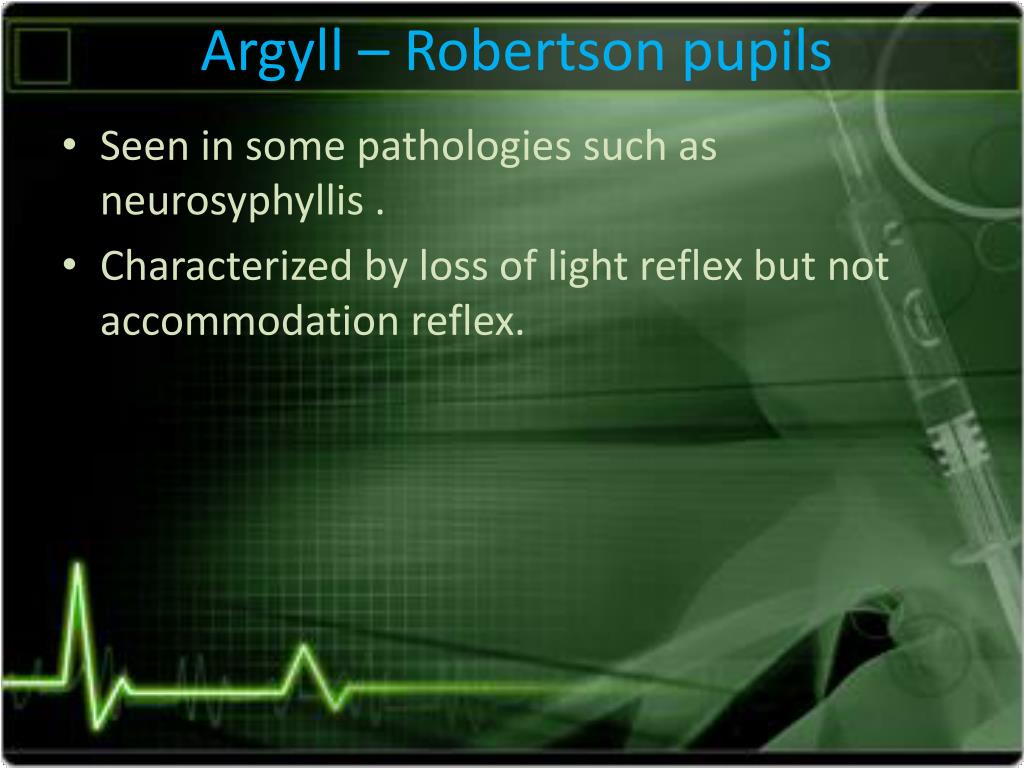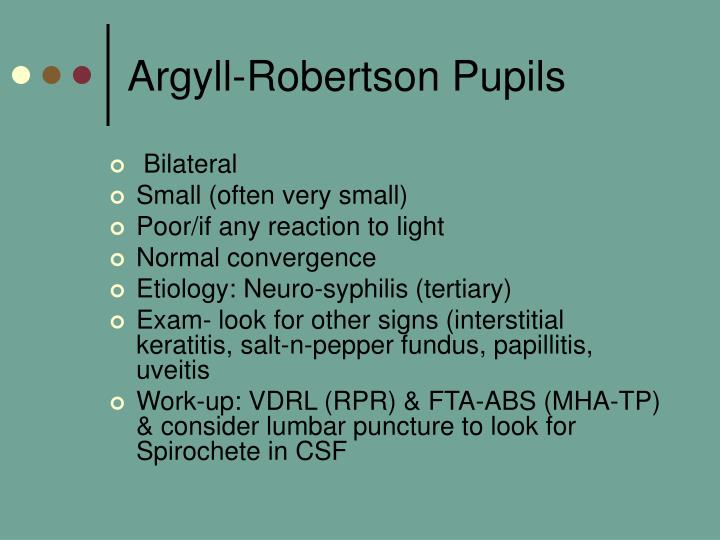

He had no other giant cell arteritis symptoms. A 68-year-old man with new headache was referred to the emergency eye clinic from the general emergency department to rule out giant cell arteritis. Prognosis and complications are individually assessed for the specific pupillary abnormality and its etiology. Because the parasympathetic system innervates the ciliary muscle, which governs accommodation, as well as the iris sphincter muscle, which governs pupil size, patients with oculomotor nerve palsy or short ciliary nerve damage may report blurred near vision while reading. Occasionally, patients may complain of photophobia in the eye with a large (mydriatic) pupil because increased light reaches the retina through the wider aperture. Often pupillary abnormalities are asymptomatic or noticed only by an observer.

The abnormality may be transient or constant. Abnormally positioned pupil (corectopia) Afferent: relative afferent pupillary defect.There are several major types of pupil abnormalities: Many contributions to our understanding of pupillary physiology and pathology were made in the 20th century, including the description of the swinging flashlight test for assessing a relative afferent pupillary defect ( 48). It was not until the first half of the 18th century that it became widely accepted that iris movement and pupil size were due to active interaction of 2 iris muscles: a longitudinal radial dilator and a circular sphincter muscle. The miotic pupil of Horner syndrome should be recognized and confirmed with topical apraclonidine testing.Īround 200 A.D., Galen likened the iris to an elastic circular ring that was passively inflated or deflated by vital spirits sent from the brain to enhance vision.The mydriatic pupil of oculomotor palsy must be distinguished from “isolated” pupil disturbances, including tonic (Adie) pupil and pharmacologic and traumatic (including intraocular surgery) mydriasis.



 0 kommentar(er)
0 kommentar(er)
